Chasing tigers through India’s wilderness changed my life forever. After three weeks of early morning safaris, muddy jungle trails, and heart-stopping encounters with the world’s most magnificent cats, I discovered something incredible. India’s national parks aren’t just protected areas – they’re living, breathing worlds where ancient predators still rule their kingdoms.
1. Ranthambore National Park – Where Royal Tigers Rule Ancient Ruins
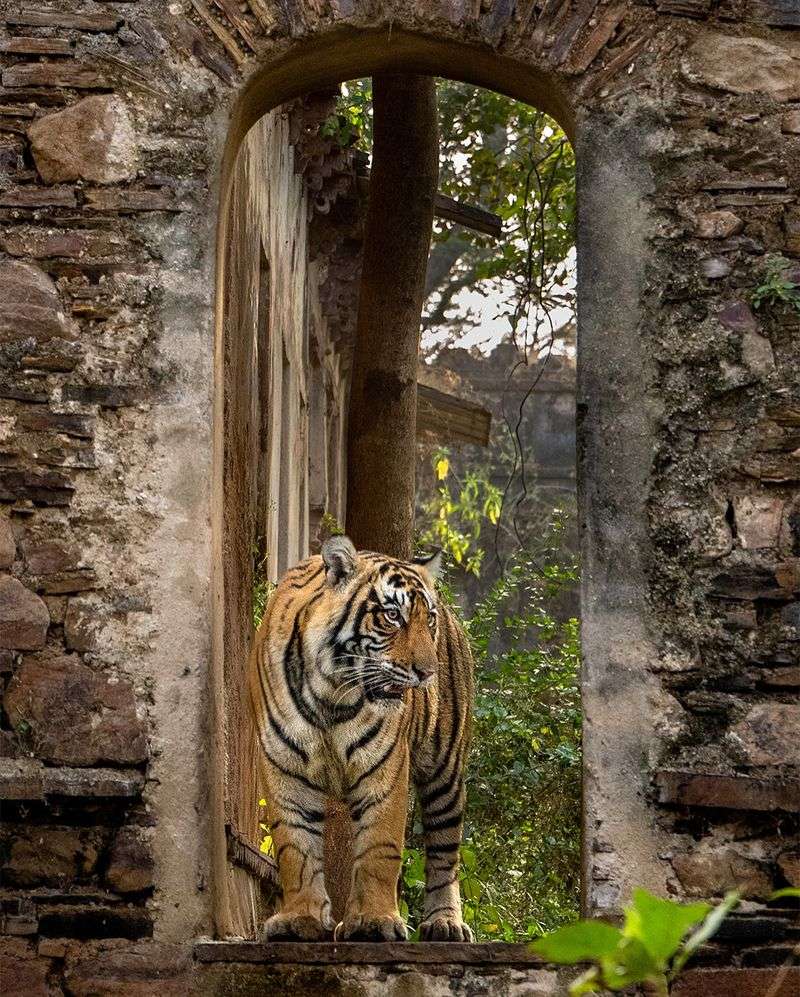
Massive stone fortresses rise from dense jungle floors, creating the perfect backdrop for tiger photography. Royal Bengal tigers here seem to know they’re royalty, strutting past crumbling temples like they own the place.
Morning safaris reveal tigers lounging in medieval courtyards, completely unbothered by clicking cameras. The park’s star tigress, Machli, became a legend before passing away, leaving behind generations of equally photogenic descendants.
2. Bandhavgarh National Park – The Land of White Tigers
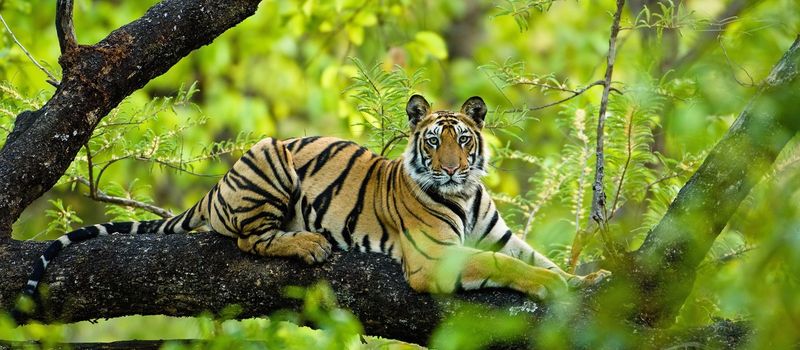
Dense sal forests hide India’s highest concentration of tigers, making every safari feel like a treasure hunt. White tigers once roamed these very trails, though none exist in the wild today.
Steep rocky cliffs provide perfect vantage points for spotting striped shadows moving through tall grass. Local guides share stories passed down through generations, pointing out paw prints and territorial markings that reveal each tiger’s personality and daily routine.
3. Kanha National Park – Inspiration Behind The Jungle Book
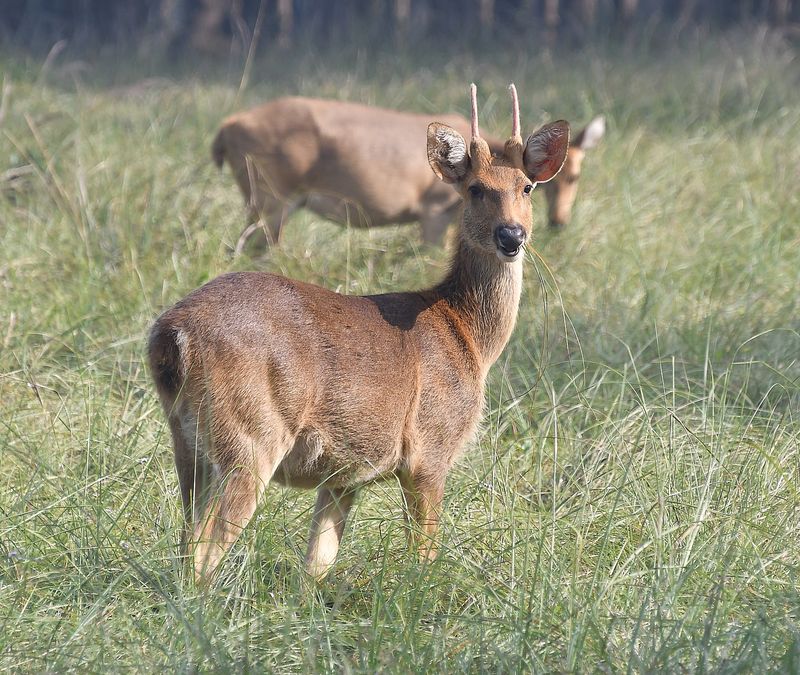
Rolling meadows stretch endlessly under azure skies, exactly as Rudyard Kipling imagined when writing about Mowgli’s adventures. Barasingha deer graze peacefully until tiger calls echo across the grasslands.
Bamboo forests create natural corridors where tigers move like ghosts between territories. Park rangers here possess almost supernatural tracking abilities, reading landscape clues invisible to untrained eyes while sharing fascinating behavioral insights about resident tiger families.
4. Corbett National Park – India’s Oldest Tiger Reserve
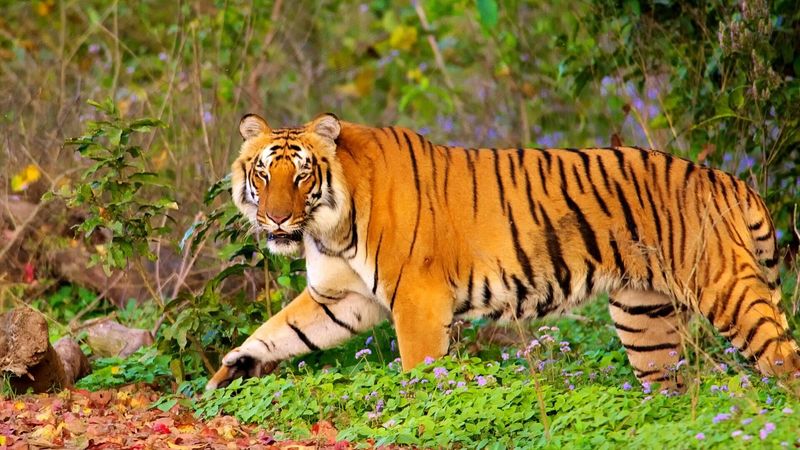
Established in 1936, this pioneering reserve launched India’s conservation movement and still protects tigers today. Diverse landscapes include riverine forests, grasslands, and hills creating varied hunting grounds.
Ramganga River winds through the park, providing water sources where tigers come to drink and cool off. Elephant safaris offer unique perspectives, allowing closer approaches to tigers who seem less threatened by these gentle giants than by noisy jeeps.
5. Tadoba Andhari Tiger Reserve – Maharashtra’s Hidden Gem
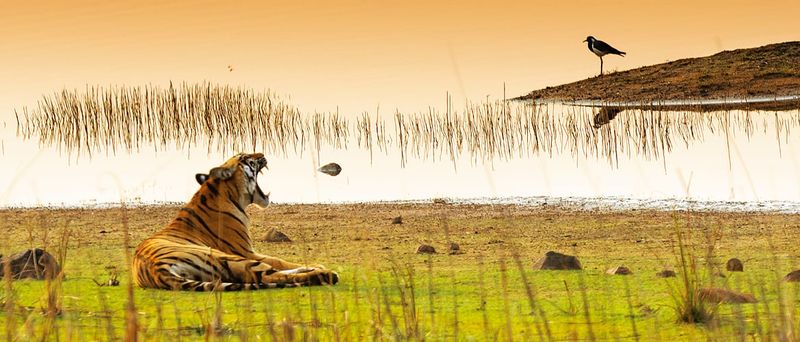
Nicknamed ‘Land of Tigers,’ this reserve boasts incredible tiger density in relatively small territory. Dry deciduous forests create perfect camouflage for hunting, making tiger spotting challenging but rewarding.
Tadoba Lake serves as the park’s centerpiece, attracting wildlife during scorching summer months. Maya, the park’s most famous tigress, raised multiple litters here, earning celebrity status among wildlife photographers who return annually hoping to capture her latest cubs.
6. Pench National Park – The Real Mowgli Territory
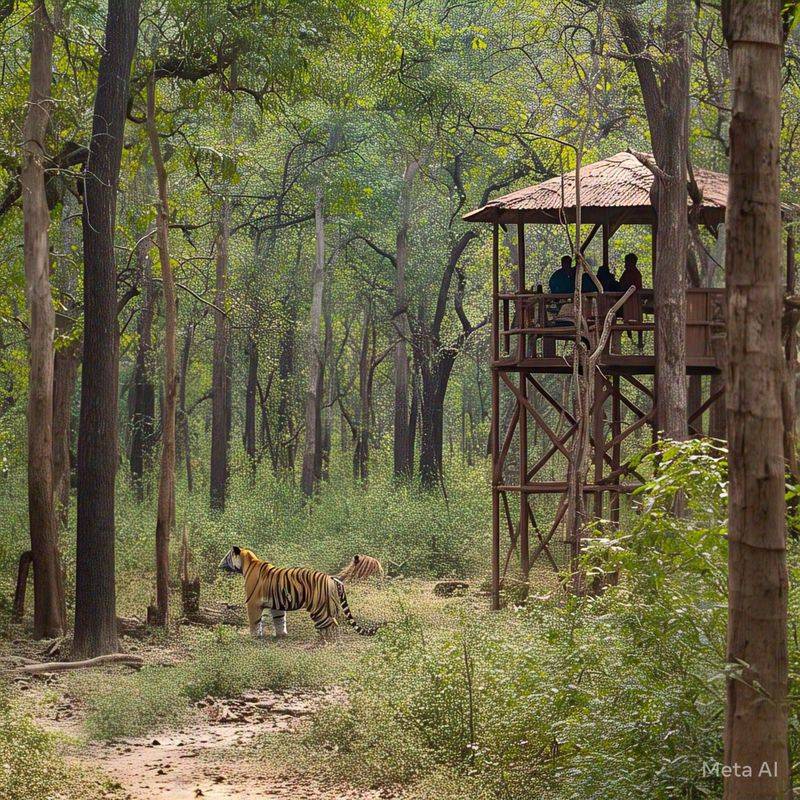
Straddling Madhya Pradesh and Maharashtra borders, Pench inspired more Jungle Book adventures than any other location. Teak forests provide perfect tiger habitat with plenty of prey and water sources.
Pench River creates natural boundaries between territories, though tigers regularly swim across during patrols. Night sounds here include haunting tiger calls, leopard coughs, and sloth bear grunts, creating an authentic jungle symphony that continues long after safari vehicles return to camp.
7. Sundarbans National Park – Swimming Tigers of the Mangroves

Unique mangrove forests create the world’s only tiger habitat where cats regularly swim between islands. These tigers developed webbed paws and exceptional swimming abilities over generations.
Boat safaris replace traditional jeep rides, offering completely different wildlife viewing experiences. Tigers here hunt fish, crabs, and water birds, displaying behaviors found nowhere else on Earth while navigating complex tidal waterways with remarkable skill.
8. Kaziranga National Park – Tigers Among One-Horned Rhinos
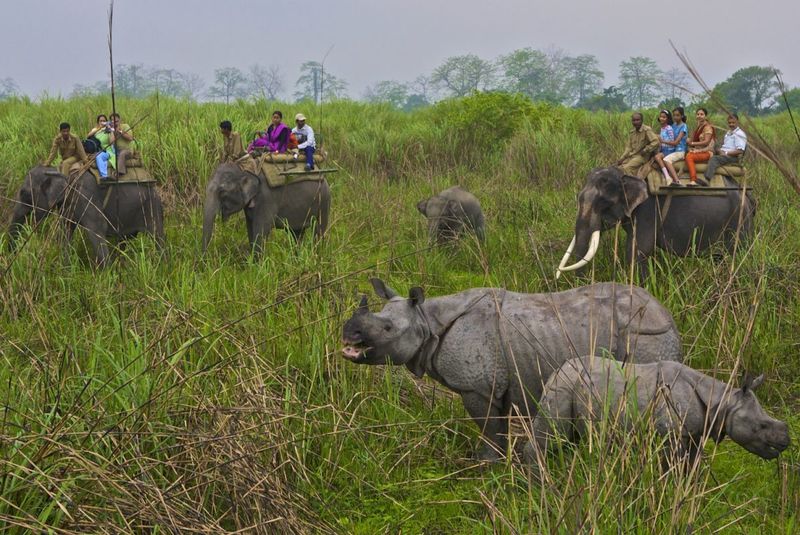
Famous for rhinoceros populations, Kaziranga also supports healthy tiger numbers in tall elephant grass ecosystems. Tigers here developed unique hunting strategies for grassland environments.
Monsoon floods transform the landscape annually, forcing tigers to higher ground where they’re easier to spot. Elephant safaris provide the only safe way to navigate through towering grass, offering incredible close-up encounters with both tigers and rhinos sharing the same habitat.
9. Sariska Tiger Reserve – Desert Edge Predators

Arid landscapes create challenging conditions where tigers must adapt to water scarcity and extreme temperatures. Ancient Aravalli hills provide rocky dens and hunting ambush points.
After local extinction, tigers were successfully reintroduced here, proving conservation efforts can restore populations. Desert-adapted tigers display different behaviors, including increased nocturnal activity and longer territory ranges to find sufficient prey and water sources throughout harsh seasons.
10. Periyar Tiger Reserve – Mountain Tigers of Kerala
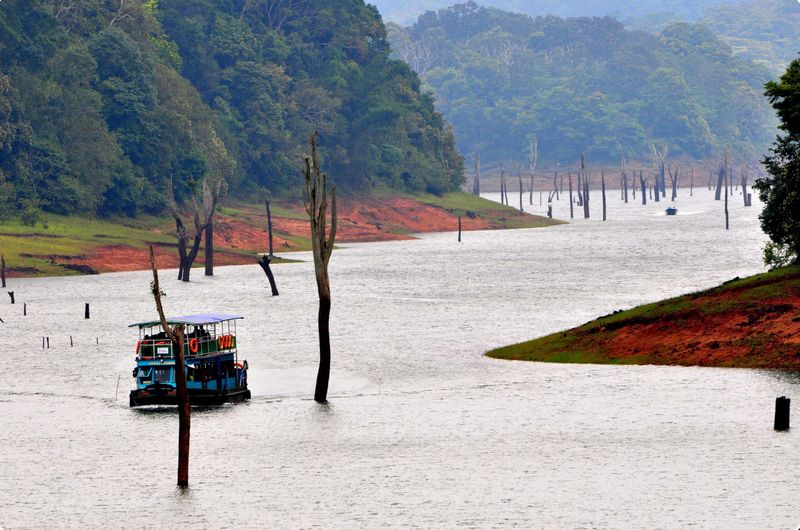
Spice-scented forests in Western Ghats mountains create unique tiger habitat surrounded by cardamom and pepper plantations. Lake Periyar forms the park’s heart, attracting wildlife year-round.
Boat cruises offer peaceful wildlife viewing while tigers watch from dense shoreline vegetation. Higher elevation provides cooler temperatures, allowing different activity patterns compared to plains tigers, with increased daytime movement during winter months when mountain mists provide natural camouflage.
11. Nagarhole National Park – Kabini’s Legendary Black Panther Territory
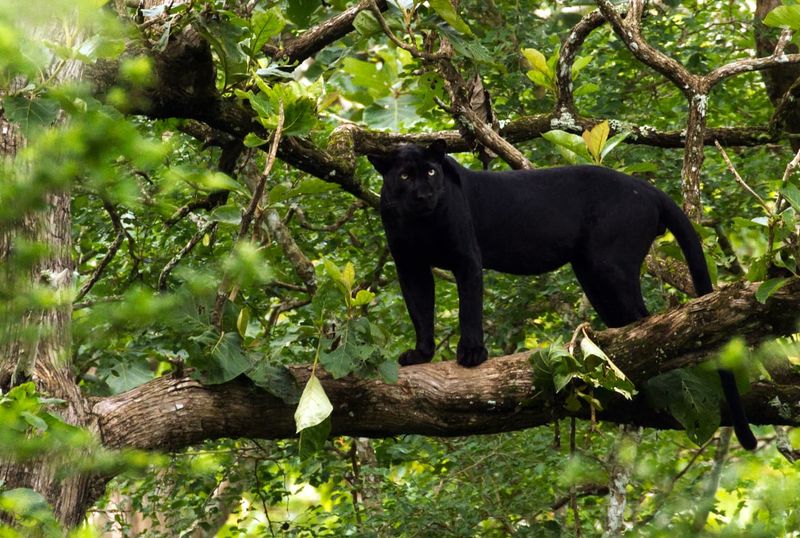
Kabini River creates lush riparian forests where tigers share territory with legendary black panthers. Dry season concentrates wildlife around remaining water sources, creating incredible viewing opportunities.
Luxury resorts overlook the river, allowing guests to spot tigers drinking at dawn and dusk. Tribal communities work as guides, sharing traditional knowledge about animal behavior and forest secrets passed down through generations of living alongside these magnificent predators.
12. Mudumalai National Park – Tigers in Nilgiri Hills

Nilgiri Biosphere Reserve’s oldest sanctuary protects tigers in rolling hills covered with deciduous forests. Elephant herds share paths with tigers, creating unique multi-species encounters.
Bamboo groves provide perfect tiger cover while offering excellent acoustics for hearing territorial calls. Cool hill station climate allows different activity patterns, with tigers often active during comfortable afternoon hours when plains tigers would be resting in shade.
13. Dudhwa National Park – Terai Grassland Tigers
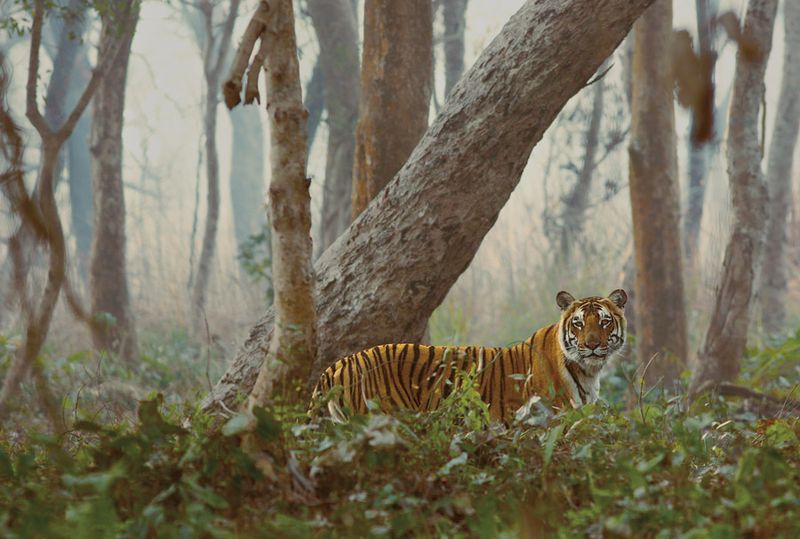
Terai ecosystem creates vast grasslands where tigers hunt swamp deer and wild boar in open terrain. Seasonal flooding transforms landscapes, affecting tiger movement patterns throughout the year.
Rhino reintroduction programs add complexity to predator-prey relationships, with tigers adapting to new neighbors. Sal forests provide denning sites while grasslands offer hunting opportunities, creating perfect habitat diversity for raising cubs successfully in this unique border ecosystem.
14. Bhadra Wildlife Sanctuary – Coffee Plantation Tigers
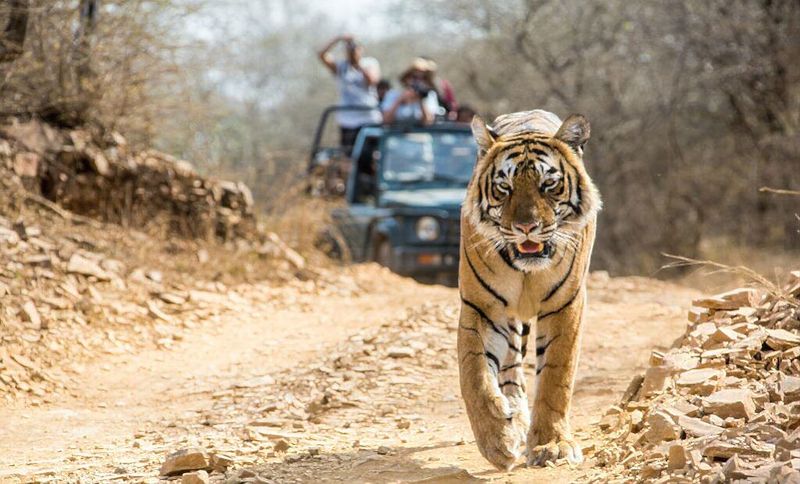
Coffee estates border tiger territory, creating human-wildlife conflict zones where tigers occasionally wander into plantations. Bhadra River provides year-round water, supporting healthy prey populations.
Jeep safaris wind through coffee-scented forests where tigers have adapted to plantation sounds and smells. Local communities participate in conservation efforts, reporting tiger movements and protecting corridors that connect fragmented habitats essential for genetic diversity.
15. Simlipal National Park – Melanistic Tigers and Waterfalls
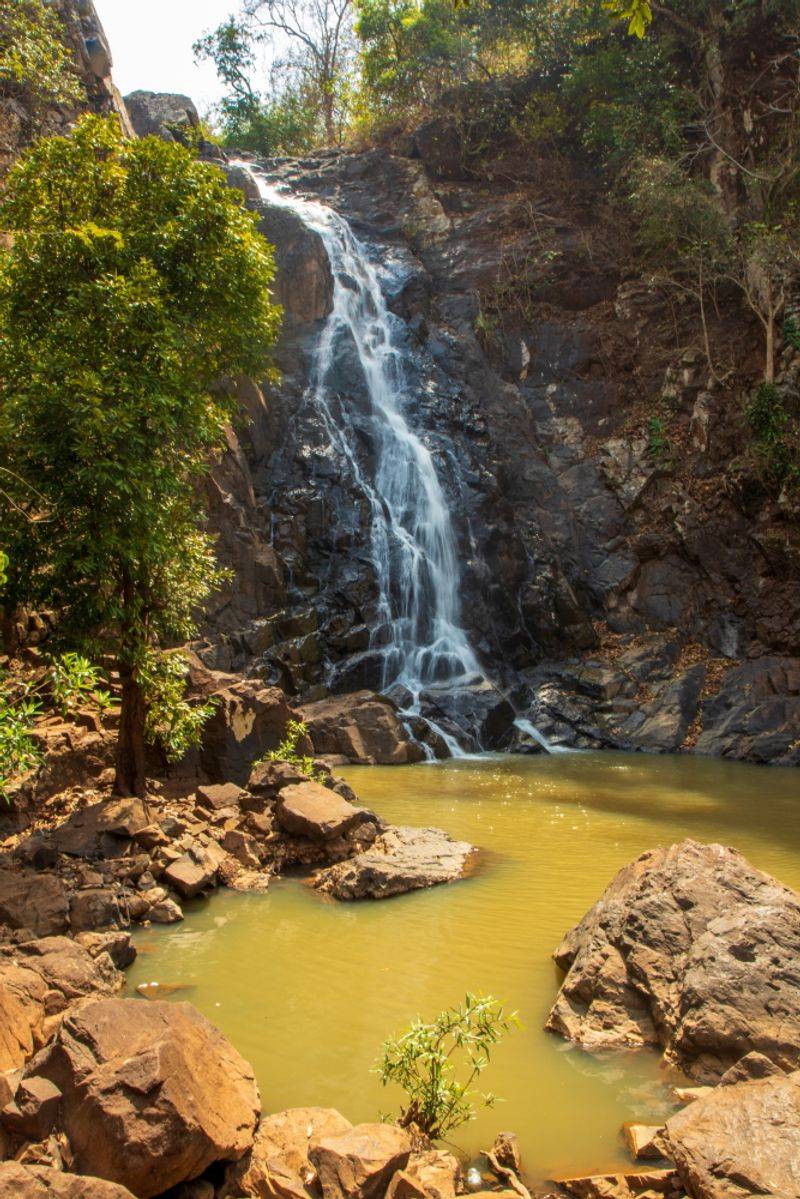
Odisha’s largest tiger reserve harbors rare melanistic tigers with unusual dark striping patterns. Waterfalls cascade through dense forests, creating cooling pools where tigers bathe during hot seasons.
Tribal communities live within park boundaries, maintaining traditional lifestyles while coexisting with tigers. Sal and bamboo forests provide excellent tiger habitat, though human presence requires careful management to prevent conflicts while preserving cultural heritage.
16. Indravati National Park – Tigers in Bastar Wilderness
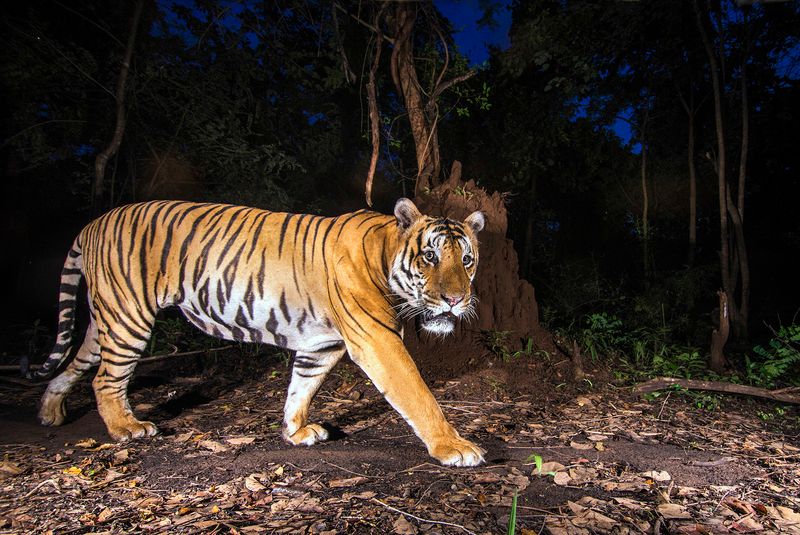
Remote Bastar region protects tigers in pristine wilderness far from human settlements. Dense forests and river systems create ideal conditions for shy tigers avoiding human contact.
Limited tourism means tigers display more natural behaviors without vehicle habituation. Tribal guides possess extraordinary tracking skills, following subtle signs invisible to others while sharing ancient wisdom about tiger behavior patterns developed over centuries of forest living.
17. Panna National Park – Tigers Reborn from Extinction
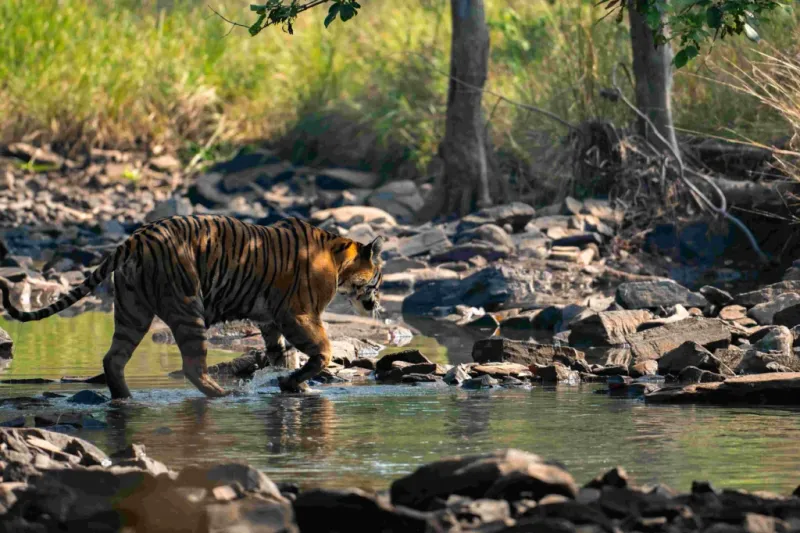
After losing all tigers by 2009, successful reintroduction programs brought populations back from zero. Ken River creates scenic gorges where reintroduced tigers established new territories.
Diamond mines once threatened this landscape, but conservation efforts prevailed, creating success stories that inspire global wildlife protection. Monitoring programs track every individual tiger, studying adaptation processes and breeding success rates that prove species recovery remains possible with dedication.


